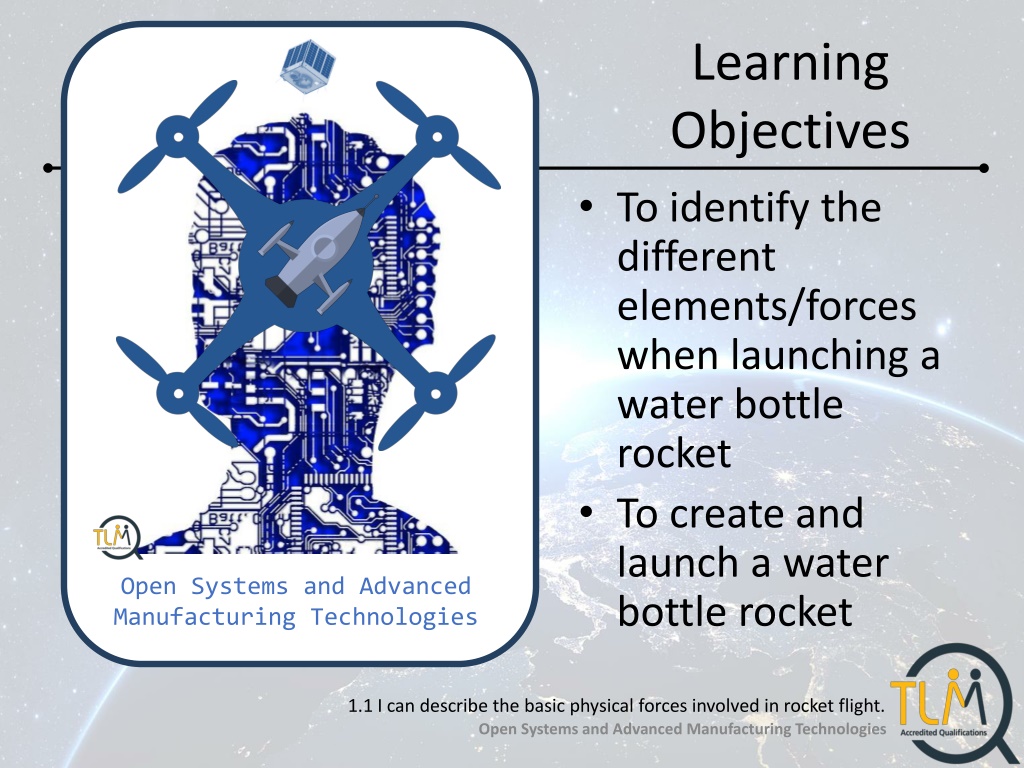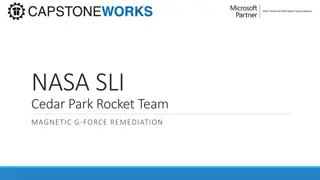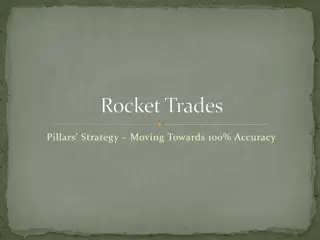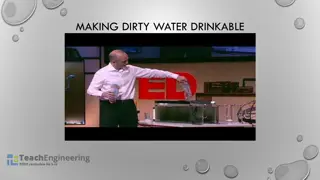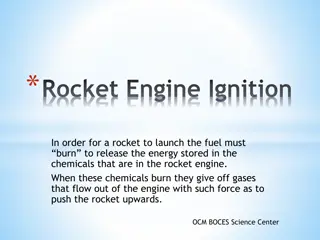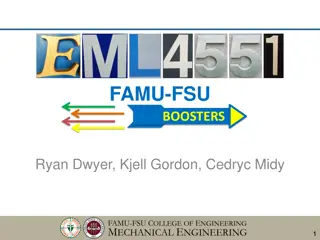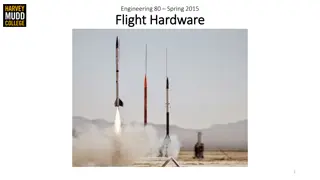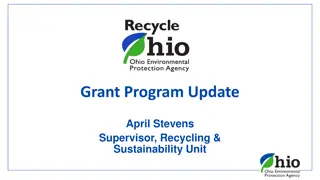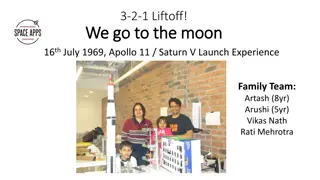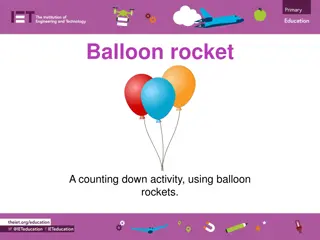Exploring Forces in Water Bottle Rocket Launch
Dive into the world of water bottle rocket launching, understanding the forces like Weight, Thrust, Drag, and Lift that come into play. Learn about the elements of a well-designed rocket, experiment with different designs, and analyze the outcomes to grasp the basics of rocket flight dynamics.
Download Presentation

Please find below an Image/Link to download the presentation.
The content on the website is provided AS IS for your information and personal use only. It may not be sold, licensed, or shared on other websites without obtaining consent from the author. Download presentation by click this link. If you encounter any issues during the download, it is possible that the publisher has removed the file from their server.
E N D
Presentation Transcript
Learning Objectives To identify the different elements/forces when launching a water bottle rocket To create and launch a water bottle rocket Open Systems and Advanced Manufacturing Technologies 1.1 I can describe the basic physical forces involved in rocket flight. Open Systems and Advanced Manufacturing Technologies
Watch this video https://www.sciencelearn.org.nz/videos/183-making-a-water-bottle-rocket 1.1 I can describe the basic physical forces involved in rocket flight. Open Systems and Advanced Manufacturing Technologies
Forces Recap Remember we are looking at the forces Weight Thrust Drag Lift Think of this as you complete today s task 1.1 I can describe the basic physical forces involved in rocket flight. Open Systems and Advanced Manufacturing Technologies
A well designed water bottle rocket may travel well over 100 metres when it is launched at an angle! Nose cone This is the first part of the rocket that punches its way through the air. Its shape is important to reduce drag (air resistance). Fins These help to keep the rocket pointing in the correct direction in the same way that fins are used on an arrow. Students could investigate how curving of the fins will make the rocket spin. Extra mass This helps to keep the rocket stable as well as to give it extra momentum so that drag doesn t slow it down as quickly. Stability Once the rocket has been made, it can be tested by tying a 1 metre piece of string around it at the centre of gravity (the point where the rocket is balanced like a see saw and hangs horizontally). If the rocket is then swung around in a horizontal circle, it will keep pointing in the forward direction if it is balanced and stable. 1.1 I can describe the basic physical forces involved in rocket flight. Open Systems and Advanced Manufacturing Technologies
Your Water bottle rocket You will be in groups of 2/3 Using the worksheet create your water bottle rocket ready for launch Which went higher and why? 1.1 I can describe the basic physical forces involved in rocket flight. Open Systems and Advanced Manufacturing Technologies
Plenary What have they learnt from today s launches 1.1 I can describe the basic physical forces involved in rocket flight. Open Systems and Advanced Manufacturing Technologies
